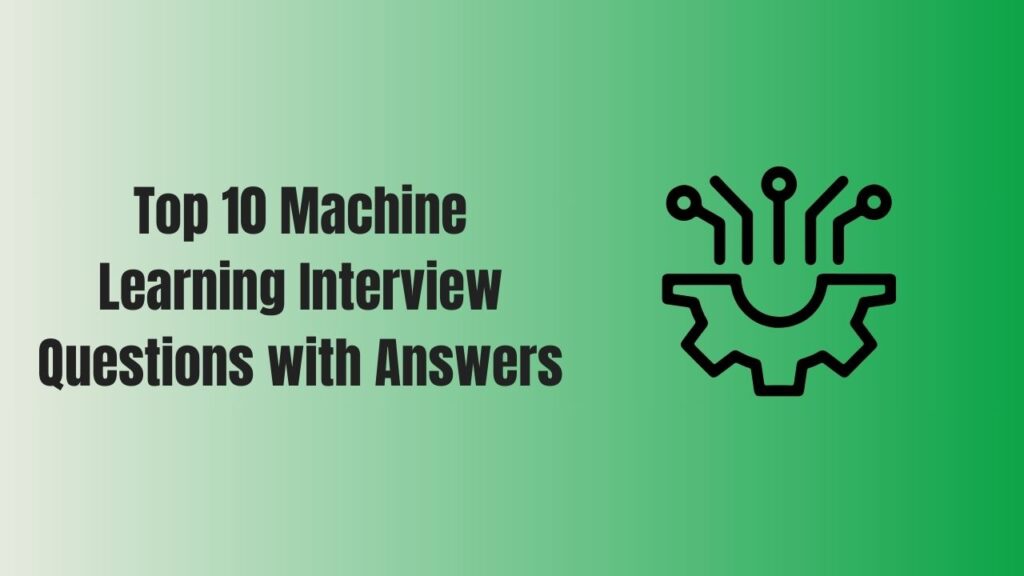Advanced Biostatistics Syllabus for Master’s in Public Health
Advanced Biostatistics Syllabus • Principles of regression • Methods of regression • Linear regression • Logistic regression • Poisson regression • Cox proportional hazards regression • Regression diagnostics • Introduction to multilevel modelling • Introduction to data imputation • Choosing the best models Course Structure : 1. Introduction Importance of Advanced Biostatistics in Medical Research […]
Advanced Biostatistics Syllabus for Master’s in Public Health Read More »









